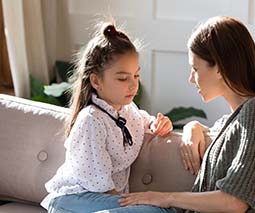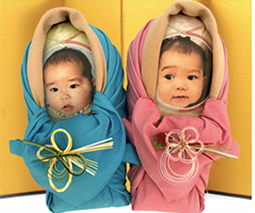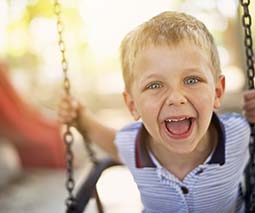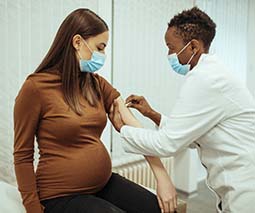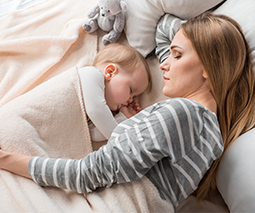Raising water warriors: 7 ways to teach kids to save those precious drops
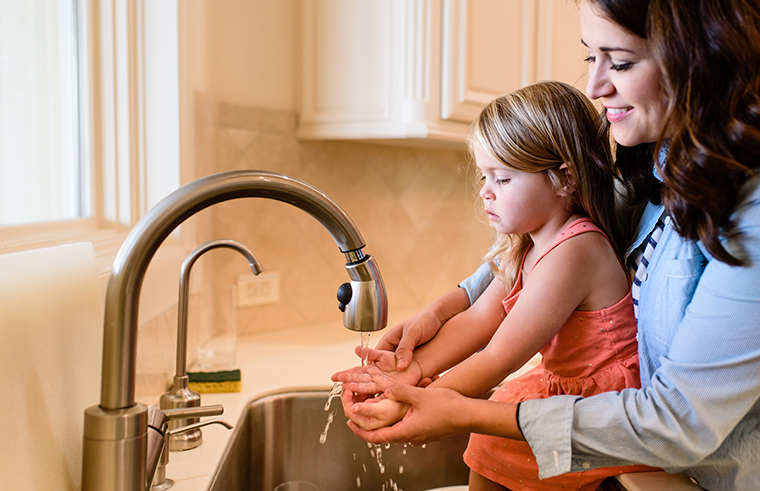
As the country blazes, thanks to unprecedented hot weather, epic drought and ever-decreasing dam levels, many of us have become much more conscientious when it comes to saving water.
While you might be doing your bit by using the eco-setting on your washing machine, there are also plenty of ways you can teach your little ones to be water-wise.
Here are seven easy ways to teach them to conserve water.
1. Turn off taps
Teach little hands how to tighten the faucets when brushing their teeth or washing their hands.
They will soon learn that they really only need a little bit of water at the beginning and at the end, not a running tap.
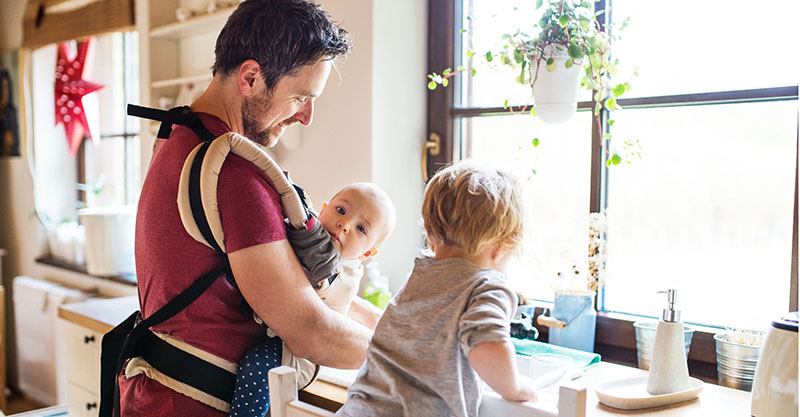
2. Teach water mindfulness
Running the hose down the Slip ‘n’ Slide is a summer childhood memory we all have, but these days with water restrictions, it isn’t for our kids.
If they want to play with water, talk to them about how precious and needed it is. Then ask them how they could play with it mindfully. For instance, could they play water pistol fights using the water that’s been collected in the shower on the dry lawn?
Likewise, talk to them about the environment. Explain to them that we all need to look after our planet and how they can help.
3. Make reusing a habit
Instil in your children a sense of habit when it comes to water conservation by getting them to store and reuse water, rather than pouring it down the sink.
For instance, have a bucket in the shower to collect the drops, carry it outside and let them water the plants and grass with it using a watering can or plastic cup to bail it out.
The same goes with the washing up you are rinsing. Pass it to them to toss on the plants, rather then pour down the sink. They will learn from habit that you don’t just throw water out.
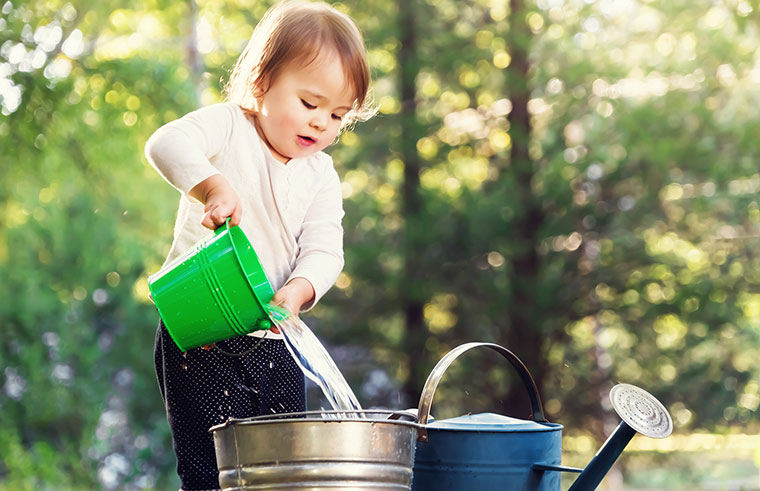
4. Be bath smart
If your child is old enough to shower, you can teach them to have a speedy shower and keep a bucket of water in the recess to catch the drops for the garden.
If they are too little to stand up or are scared of the shower drops, then show them they only need a small amount of bath water to get clean so don’t fill the bath all the way up.
Also, a great ‘bath’ for young kids bathing on their own is a flexible storage bucket you can pick up from discount shops. It will hold less water but still gives kids the feeling of being in a tub – and you can toss the water on the grass afterwards.
4. Do they need to flush?
Toilet flushing makes up 31 percent of overall household water consumption with the average person using between 34 and 71 litres per day, depending on the age of your toilet (the newer ones use less water) .
It’s a good idea then to only flush the loo when you need to. Obviously for number twos this is every time, but if your little ones are just doing a widdle, it’s a good idea to teach them some water-saving flushing ‘rules’.
‘If it’s yellow, let it mellow; if it’s brown, flush it down’ will help your kids work out what’s what!
5. Re-wear clothes
Save water and yourself some washing by getting kids to re-wear clothes they may have just absentmindedly tossed in the dirty clothes hamper at the end of the day.
Teach them the sniff test – to evaluate if the item really is in need of a clean. If it just has some play dough marks on it, then it can be worn the next day.
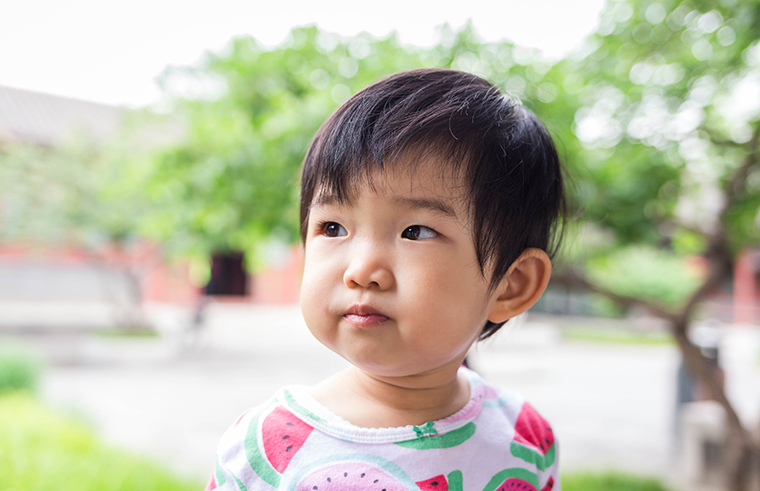
6. Use the same cup
Thankfully little ones get attached to their sippy cup or bottle, so keep encouraging this. Using the same cup throughout the day will use less water than washing up multiple cups.
Oh, and try filling this with water rather than juice. Water is better for kids anyway, due to the high sugar content of juice. but you might not know that a glass of juice also uses up to 200 litres of water to make and transport. Gulp.
So yeah, water for drinking!
7. Stack the dishwasher
Dishwashers use less water than hand washing. Teach kids to fill it up, by stacking it throughout the day so it’s full when you switch it on at night.
When you do turn it on, also show them it has an eco-setting which will use less water overall.



